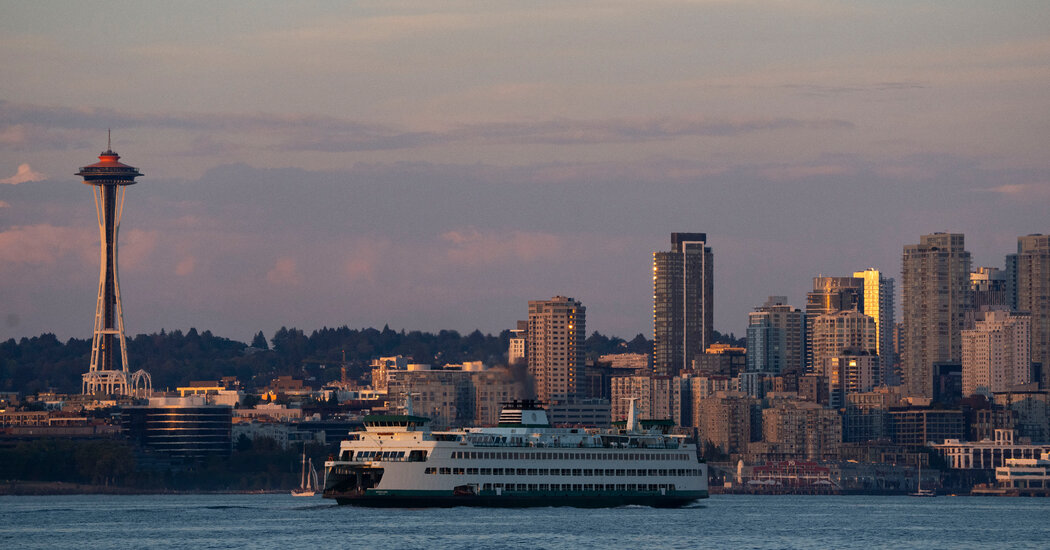On Feb. 9, 2020, the Seattle Asian Art Museum reopened after a three-year, $56 million dollar renovation and expansion that transformed the look, feel and reach of the venerable institution. Five weeks later, the first round of statewide Covid lockdowns shuttered the place. “It was heartbreaking for me and my colleagues,” said Foong Ping, the Foster Foundation Curator of Chinese Art at the museum. “It was shoulder to shoulder in the newly imagined galleries — then silence.”
This July, the museum, which reopened in May 2021, launched a new exhibition curated by Ms. Foong called “Beyond the Mountain,” which showcases contemporary Chinese artists, including Zhang Huan, Yang Yongliang and Lam Tung Pang. It’s a knockout show, with bold, tech-enhanced, multimedia works playing off traditional images and themes. And it’s also a fitting symbol of Seattle in the aftermath of the pandemic. Ink Media #4, by Chen Shaoxiong, with its full-wall projections of drawings based on photos of political protests, is one of the most exhilarating works currently on view in the city, but museum hours remain limited to three days a week and the number of visitors has yet to reach prepandemic levels.
In short, Seattle is back, but not all the way. The pandemic left gaps and tears in the urban fabric, especially downtown, and locals still mourn favorite restaurants that did not make it through: Boat Street Kitchen and Dahlia Lounge downtown, Il Corvo in Pioneer Square, the Paragon on Queen Anne Hill. But the city’s defining cultural institutions remain healthy, new restaurants and coffee places are popping up all over town, and the communities ringing the center are more vibrant than ever.
Capitol Hill makes a comeback
Capitol Hill — the neighborhood where the Asian Art Museum stands on the crest of the Olmsted-Brothers-designed Volunteer Park — is a good example of the city’s recovery.
At the start of June 2020, less than a mile and a half south of the museum, the so-called CHOP (Capitol Hill Occupied Protest) transformed the neighborhood’s commercial heart into a zone of fierce protest ignited by the murder of George Floyd. Protesters filled a local park with tents and murals, did their own policing after the local precinct was abandoned, and distributed free food, though by the end of the month a series of shootings in the area precipitated the clearing of the CHOP protesters. “At first it was beautiful,” says Pietro Borghesi of the action swirling…
Click Here to Read the Full Original Article at NYT > Travel…
